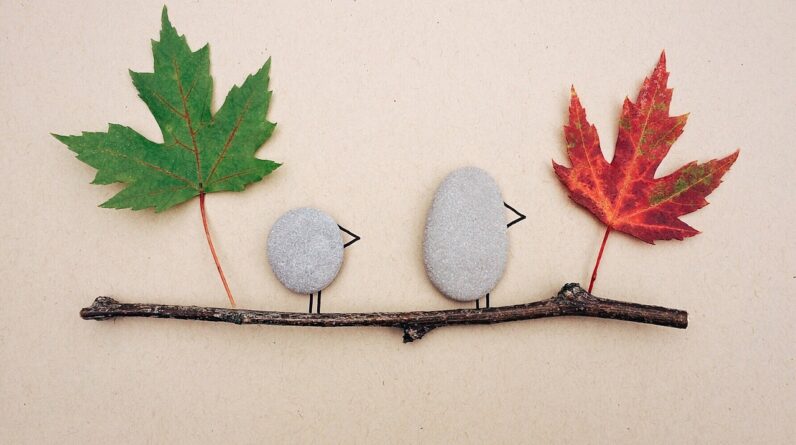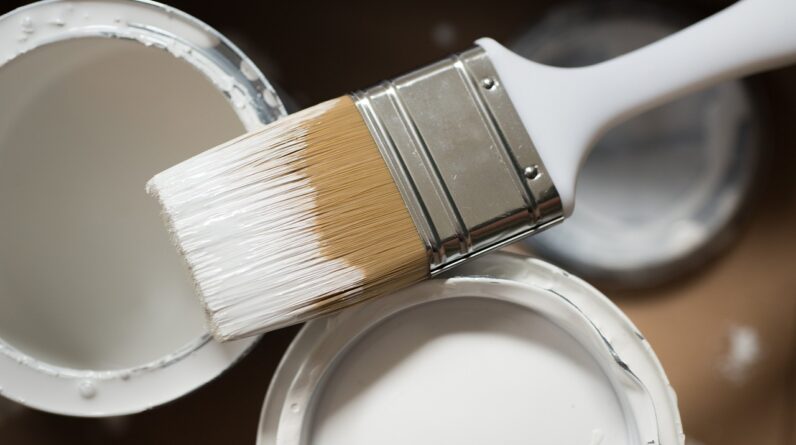
Welcome to “The Art of Origami: Simple Folds for Beginners”! In our journey together through this enchanting world of paper folding, we’ll discover the beauty and magic of transforming a simple sheet of paper into intricate designs. Through the art of origami, we can explore both creativity and patience, creating delightful shapes that bring joy to our lives and those around us. Whether we’re crafting cute animals, elegant flowers, or mesmerizing geometric patterns, each fold represents a step closer to mastering an ancient art form that is as meditative as it is rewarding. So, let’s unfold our potential and dive into the captivating universe of origami!
Have you ever wondered how a simple piece of paper can turn into a beautiful crane, an intricate flower, or even a jumping frog? That’s the magic of origami—an art form that combines the beauty of simplicity with the complexity of endless possibilities. So, if you’ve ever been captivated by the delicate folds and elegant structures born from a single sheet of paper, you’re in the right place. We’re here to introduce you to the art of origami and guide you through some simple folds perfect for beginners.

Understanding Origami
Origami, the Japanese art of paper folding, has been practiced for centuries. The word itself comes from “ori” (folding) and “kami” (paper). Unlike other art forms, origami requires neither fancy tools nor materials—just a square piece of paper and a bit of patience. The journey from simple folds to more complex structures can be immensely rewarding, not only in terms of creativity but also for improving manual dexterity and concentration.
The Origins of Origami
Origami originated in Japan and China around the 17th century, though some records trace it back even further. Initially, it was used in religious ceremonies and special occasions, employing more complex designs as a way to add a touch of reverence and elegance. Over time, this art form spread across cultures and continents, evolving into various forms and styles.
Materials and Tools
Before we dive into folding, let’s talk about what you’ll need. Origami’s beauty lies in its simplicity, and so does the list of materials and tools required.
Types of Paper
While traditional origami paper, known as “kami,” is usually a 6-inch square, you can experiment with other sizes and types of paper as well. Here are a few options:
| Type of Paper | Description | Best For |
|---|---|---|
| Kami | Traditional, thin, usually colored on one side | Most origami designs |
| Printer Paper | Easily available, a bit stiffer | Simple designs |
| Washi | Japanese paper, textured, and usually handmade | Advanced designs for added texture |
| Foil Paper | Metallic, stiff | Complex designs where stiffness is beneficial |
Additional Tools
Though traditionalists prefer keeping it minimal, a few additional tools can make the process easier:
- Bone Folder: For making crisp folds.
- Scissors: Occasionally used in some modern designs.
- Tweezers: Useful for intricate or small models.
- Glue: While not traditional, some complex designs might benefit from a dab of glue.
Basic Folds and Techniques
Every masterpiece starts with a single fold, and origami is no different. Let’s familiarize ourselves with some basic folds and techniques that serve as the foundation for all origami models.
The Valley Fold
The Valley Fold is your basic fold, where you fold the paper in half, creating a valley-like crease. It’s an essential fold that you’ll use frequently.
- Start with your paper square facing you.
- Fold the paper in half, aligning the edges.
- Crease well and unfold.
The Mountain Fold
The Mountain Fold is essentially the opposite of the Valley Fold. Instead of creating a valley, you’re making a peak.
- Start with your paper square.
- Fold it in half, but this time reverse the direction, pushing the crease to form a mountain peak.
- Crease well and unfold.
The Squash Fold
The Squash Fold is a bit more complex and often used as a transitional fold in various designs.
- Begin with a pre-existing fold, usually from a preliminary base.
- Open the flap of the paper.
- Flatten it down by aligning the edges to create a squash effect.
Simple Origami Models
Now that we have our basic folds down, it’s time to dive into some simple origami models. These projects are ideal for beginners and perfect for practice.
Origami Crane
The crane is perhaps the most iconic origami model. It’s associated with peace and longevity, making it a great starting point.
- Start with Basic Folds: Begin with a square paper and perform a Valley Fold diagonally in both directions, creating an ‘X’ crease.
- Preliminary Base: Fold your paper in half both ways, turn it, and fold it diagonally both ways. Then bring the corners to the center to create a smaller square base.
- Form the Bird Base: Take the upper layers of the corners to the top, squash fold them down.
- Shape the Crane: Fold the wings down and carefully pull the neck and tail apart.
Origami Boat
The origami boat is an excellent beginner project, combining basic folds with a fun, functional outcome.
- Start with a Rectangle: Use a rectangular piece of paper. Fold it in half lengthwise.
- Create the Boat’s Base: After folding, flip the paper and fold the corners to meet in the middle, forming a triangle.
- Form the Boat: Fold the bottom flaps up on both sides, and then open it to form your boat.
Origami Frog
A jumping frog is not only fun to make but also brings a playful element to your origami practice.
- Start with a Square: Fold your square paper in half, making a rectangle.
- Make the Frogs’s Base: Fold the top corners to meet in the middle, then fold the top triangle down.
- Form the Frog’s Legs: Fold the sides inward to form the legs, and crease well.
- Shape the Frog: Fold the bottom up, shape the legs, and add pressure to make it jump.

Common Mistakes to Avoid
As we set out on our origami journey, it’s crucial to be aware of some common mistakes that can trip us up along the way. Knowing what to look out for can save us a lot of frustration.
Using the Wrong Paper
Using paper that’s too thick or too thin can make our folds less precise. Stick to recommended paper types, especially as beginners.
Imprecise Folds
One of the core principles of origami is precision. Taking our time to ensure each fold is accurate will make our final models look much cleaner.
Skipping Steps
Patience is key. It’s tempting to rush through steps, especially when we feel we’ve grasped the technique. However, each step lays the groundwork for the next, so skipping them can result in a floppy or unrecognizable model.
Benefits of Origami
Engaging in origami has more benefits than just the joy of creating something beautiful. It’s a practice that enriches our minds and lives in many ways.
Cognitive Benefits
Origami helps improve concentration, spatial skills, and memory. The process of following step-by-step instructions activates various parts of our brain, improving mental agility.
Emotional Benefits
Folding paper can be incredibly soothing. The rhythmic motions can act as a form of meditation, helping to reduce stress and anxiety.
Social Benefits
Origami can be a shared experience. Teaching someone or folding together creates a sense of community and shared accomplishment.

Tips for Success
Before we wrap up, let’s go over some tips to ensure our origami journey is smooth and enjoyable.
Practice, Practice, Practice
Like any new skill, practice is essential. Don’t get discouraged if your first few models don’t turn out perfect. With each attempt, you’ll improve your folding techniques and hone your skills.
Follow Tutorials
There are countless tutorials available—both in books and online—that offer step-by-step guidance. Start with easier designs and gradually move on to more complex projects as you build confidence.
Join a Community
Origami groups and online forums can be valuable resources. Engaging with fellow enthusiasts will provide support, feedback, and inspiration.
Experiment with Paper
While starting with standard origami paper is advisable, don’t be afraid to experiment. Sometimes using different textures and sizes of paper can lead to exciting new results.
Conclusion
Embarking on the journey of origami opens a world of creativity and mindfulness. Whether you’re folding a simple crane, a playful frog, or an intricate flower, each model brings with it a sense of accomplishment and peace. So, grab a piece of paper and let’s fold our way to newfound joy and discovery. Happy folding!







